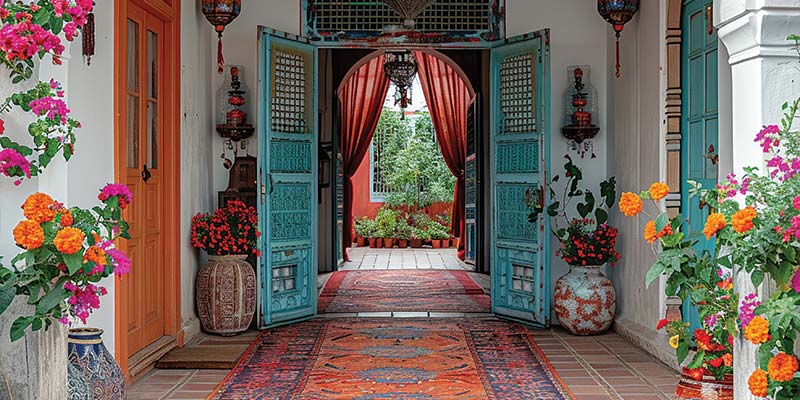We are Zarif Carpets, the largest wall-to-wall carpet manufacturer in Iran and the Middle East. While we usually focus on wall-to-wall carpets and staple fibers on our website, today we are excited to explore our beloved city, Isfahan. Also known as Esfahan, this central city is Iran’s third-largest metropolis and our base of operations. In this article, we will provide insights into the city’s landmarks, cuisine, weather, and more.
Why Half of the World?
Years ago, during the Safavid era, Isfahan was renowned for its exceptional beauty, surpassing many cities around the world. This period earned the city the nickname “Half of the World.” While Isfahan remains beautiful today, it is often said that this era represented its peak.
Historical Places in Isfahan
Isfahan is a city with a rich history surpassing over 2,000 years, and it has numerous historical buildings. Even today, parts of the city retain their ancient character and texture. Each of these sites has its own unique history and secrets. Here are some of the most notable ones:
Aali Qapu Palace
This palace once served as a residence for many Safavid kings and was constructed with ingenious strategies. For instance, it appears to have two floors from the front but reveals four floors when viewed from the back. It is believed that this design was intended to confuse enemies during an attack.
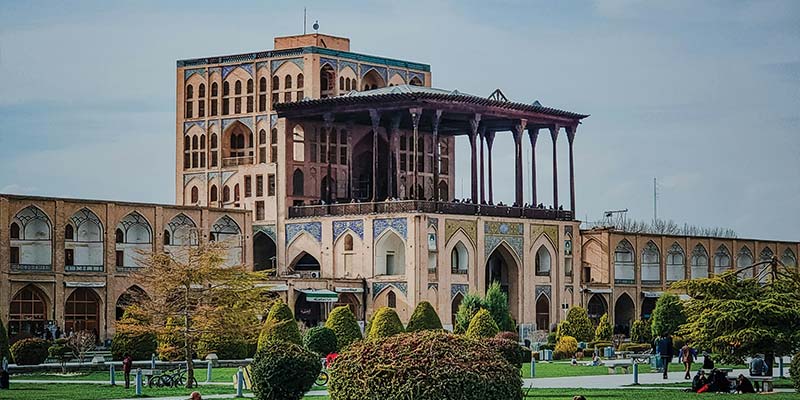
Another remarkable feature of the palace is that the top floor was dedicated to the king’s special musical band who was performing and singing on this floor. Thanks to the ingenious architecture of Aali Qapu, the king could hear the music clearly and without any disturbance while seated on the palace’s iwan.
Aali Qapu has additional magical features, such as an advanced sound transfer system and a sophisticated water system, which were incredible for its time. The palace is located in Naghsh-e Jahan Square.
Chehel Sotoun Palace
Like Aali Qapu, Chehel Sotoun palace also served as a residence for several Safavid kings and as a temporary place, particularly during hunting. Today, it is one of the most visited attractions in Isfahan.
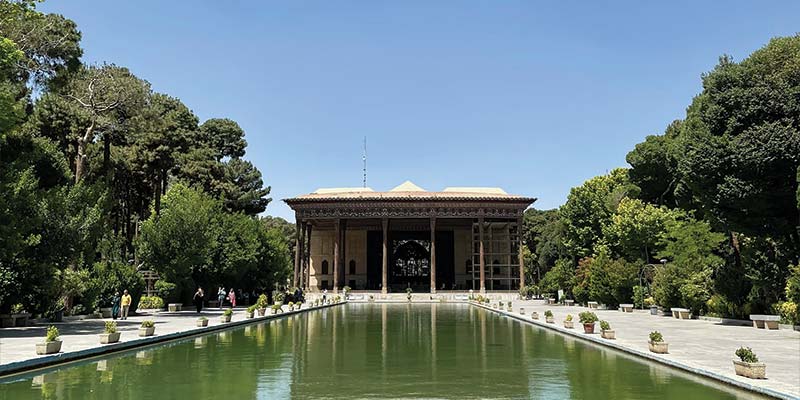
The special architecture of the palace leads to an amazing sound feature, take a look at the above image again, the king used to sit in iwan while the musical band was playing at the entrance which means they were on two opposite sides of howz (pool) and despite this separation, the sound was transmitted clearly to the king’s ears.
Inside the palace, you will find a wealth of historical artifacts, including clay items, carpets, paintings, and more. There is also a room entirely covered in gold, although it is currently not open to the public.
Sheikh Lotfollah Mosque
Sheikh Lotfollah Mosque, located in Naghsh-e Jahan Square, served as a place of worship for the king, his relatives, and close associates. This mosque is renowned for its stunning beauty, showcasing the pinnacle of Safavid art.
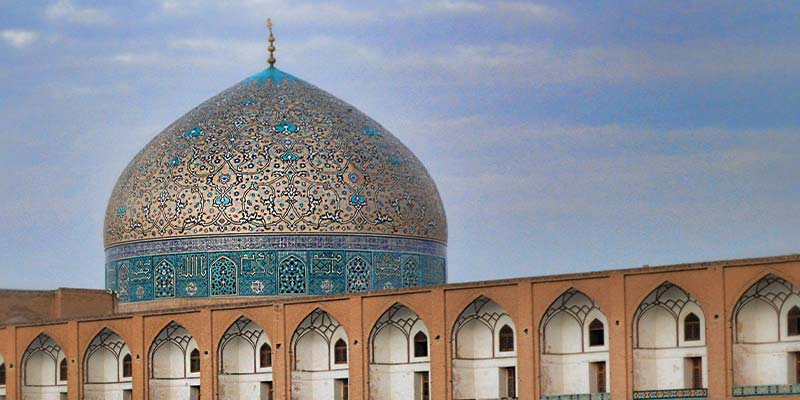
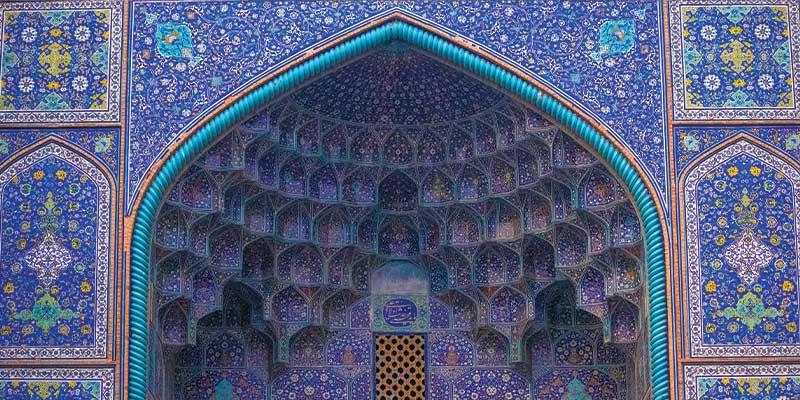
The mosque has a special basement dedicated to the king’s wives and daughters for their worship. The mosque is named after Sheikh Lotfollah, who was a trusted mollah of King Abbas and responsible for the religious activities of the king’s family. At that time, it was uncommon for women and girls to appear in public. Consequently, the king’s wives and daughters used a concealed pathway beneath Naghsh-e Jahan Square to access the mosque. The path does not exist today.
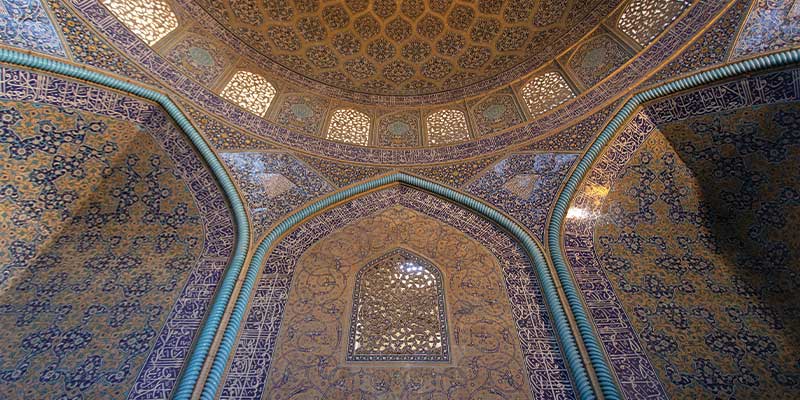
Vank Cathedral
Vank Cathedral is a historic church located in Jolfa, one of Isfahan’s oldest and most beautiful districts. The cathedral’s interior is renowned for its stunning beauty, but its exterior is equally fascinating. It features minarets and a dome, which give it the appearance of a mosque. This design choice was due to the fact that during that period, Isfahan was predominantly a Muslim city. To accommodate the Christian community, the king ordered that the church should be built in a style resembling a mosque.
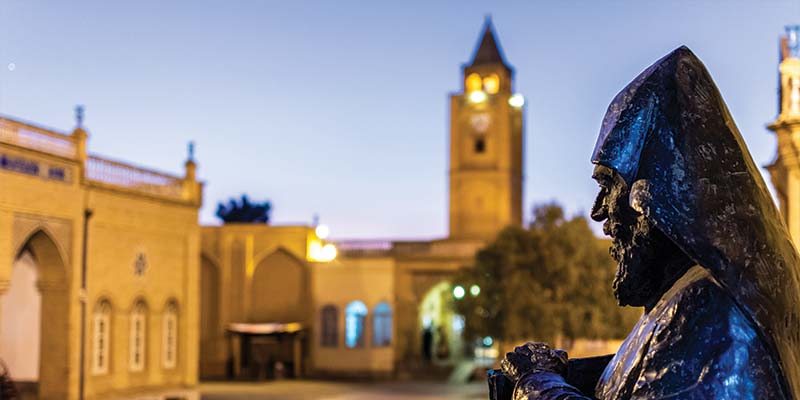
Famous Cuisine in Isfahan
Like any other city, Isfahan has its own unique cuisine that you should definitely try when visiting. Some of the most popular dishes include:
Beryani
Beryani is closely associated with Isfahan and is one of the city’s most famous dishes. Its ingredients include fried sheep meat, boiled sheep lung, and a special type of bread called Sangak.
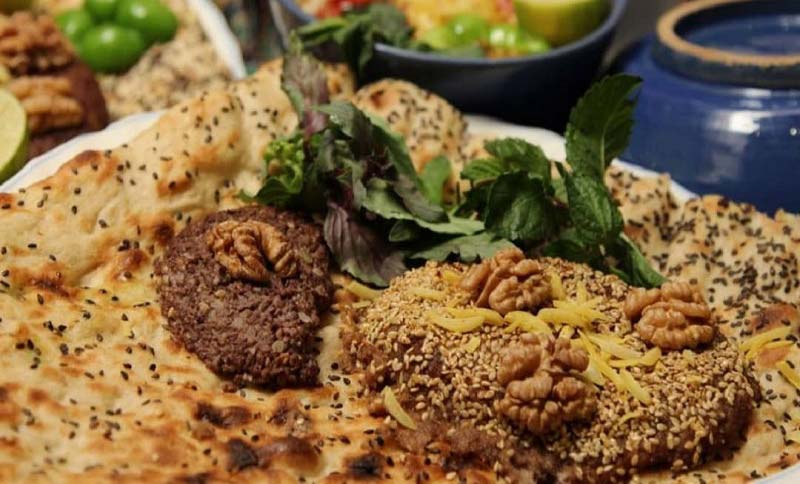
Beryani is a rich and hearty dish, as it contains a significant amount of fat. If you’re not accustomed to fatty foods, it might cause some discomfort. However, it’s definitely worth trying if you visit Isfahan, as its flavor is exceptional.
Khoresht Mast
Khoresht Mast is a unique dish that some people enjoy as a main meal, although it’s traditionally a dessert. It features a blend of sheep meat, yogurt, saffron, and sugar. This traditional dish is both flavorful and delicious.
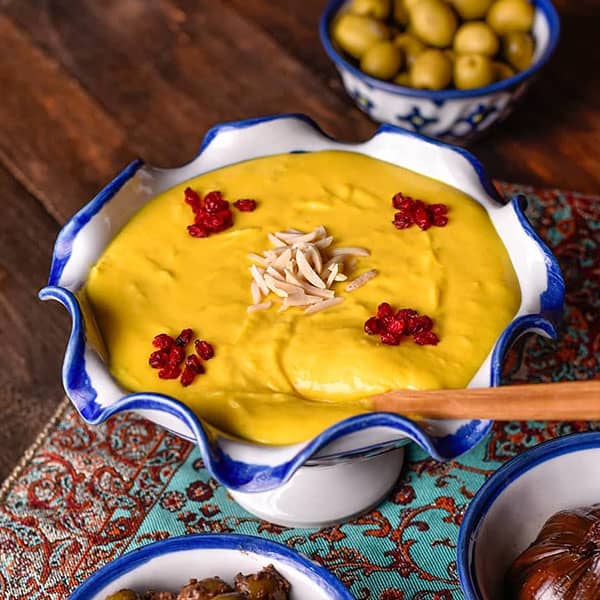
Khoresht Mast is very sweet, so if you have diabetes, consider enjoying this dish in small quantities. However, some places prepare Khoresht Mast with honey instead of sugar, making it a more suitable option for those with dietary sensitivities.
Halim Bademjan
Halim Bademjan is another traditional dish from Isfahan, primarily made with eggplant and saffron. It is usually served with bread and is considered a main course.
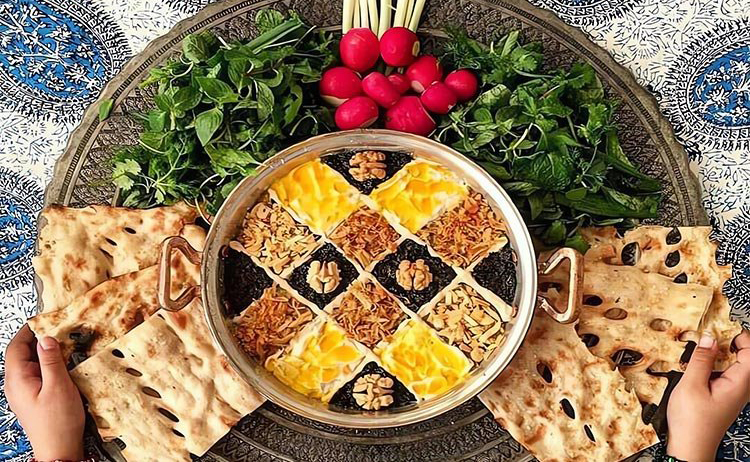
Weather of Isfahan
Unlike its many charms, Isfahan is not so fortunate when it comes to weather. Summers are scorching hot, and winters can be freezing cold. The best time to visit Isfahan is in early spring or autumn.
Additionally, Isfahan has become quite dry due to ongoing drought conditions. The city originally developed around the Zayandeh Rood River, but as of August 17, 2024, the river has dried up completely. This has contributed significantly to Isfahan’s arid climate.
Economic Conditions of Isfahan
People living in Isfahan face challenging economic conditions due to Iran’s high inflation rate and overall economic difficulties. Prices are very high and continue to rise daily. However, for visitors from other countries, the prices can be quite affordable due to the low value of the Iranian Rial compared to other currencies (as of August 17, 2024).
Final Words
Isfahan is a wonderful, ancient, cultural, and beautiful city that cannot be fully captured in just one article. We’ve tried to provide a brief overview of the city, but there are many more historical sites, such as Si-o-Se Pol Bridge, Khajoo Bridge, Manar Jonban, and others, as well as additional local cuisines to explore.
Stay informed about the latest Zarif Carpets’ moquettes and other products by following our LinkedIn page.

